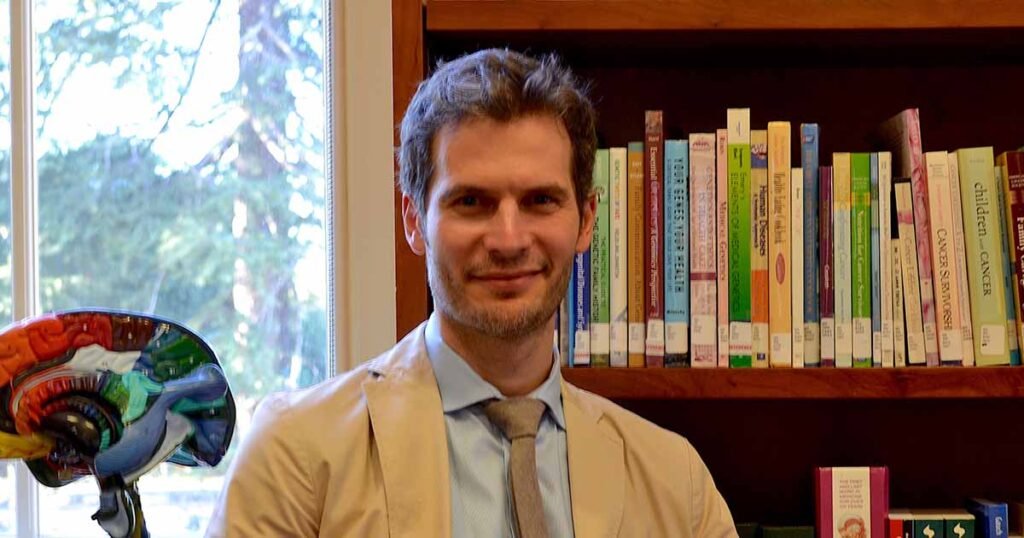Understanding REM Sleep Behavior Disorder
REM sleep behavior disorder, or RBD, is a condition that causes abnormal movements or brief repeated twitching during sleep, and occasional episodes of dream enactment.
The Challenge
RBD affects more than one million Americans and is often an early sign of Parkinson’s or dementia, preceding other symptoms by 10-15 years. This presents an opportunity for developing therapies against these diseases and identifying those who would benefit from early prevention therapy.
RBD diagnosis has been challenging due to the lack of sensitivity and specificity in screening questions and the difficulty in interpreting in-lab sleep tests.
Mount Sinai clinician Dr. Emmanuel During highlighted the limitations of current diagnostic methods and the need for more accurate screening tools.
Proposal
Mount Sinai research team developed an algorithm to automatically interpret body movements during REM sleep and differentiate RBD from other sleep conditions.
Using a large dataset, they trained a machine-learning classifier to detect RBD based on movement patterns during sleep.
Meeting the Challenge
The team analyzed video recordings of sleep during in-lab tests using an optical flow computer vision algorithm to extract features for RBD diagnosis.
They found that the algorithm accurately detected RBD based on movement frequency and pattern, achieving up to 91.9% accuracy.
Results
The study showed that people with RBD exhibited increased movements during REM sleep, particularly brief movements like myoclonus.
The algorithm achieved high accuracy in detecting RBD, even in cases where movements were not visible to the human eye during the sleep test.
Advice for Others
Dr. During emphasized the significance of using video recordings in diagnosing RBD and suggested implementing the algorithm in clinical sleep laboratories for improved diagnosis.
He also recommended testing the algorithm in home environments using conventional infrared cameras to monitor RBD.
Healthcare IT News is a HIMSS Media publication.


